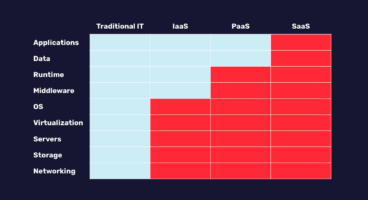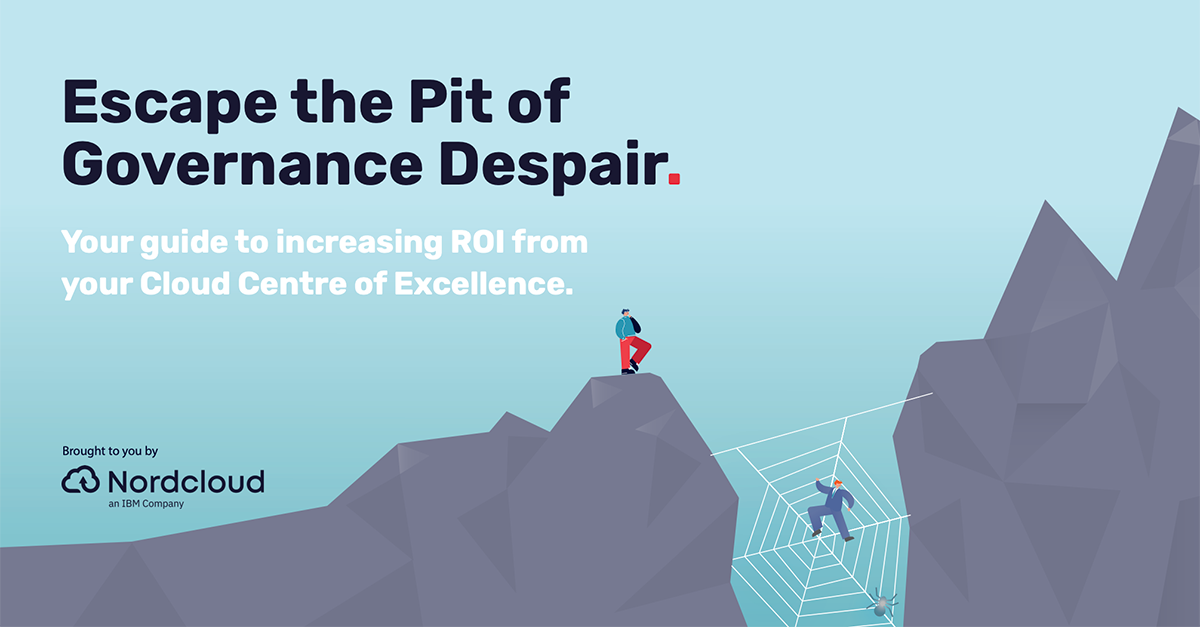
The Automatic Government – How to Empower Organisations
There’s a divergence happening. The expectations of customers are increasing, driven by a modernised digital citizen experience. From the apps we use to communicate to the digital payments we’re now accustomed to, citizens now expect quality digital experiences across the board.
But at the same time, with these higher value experiences, governments are under pressure to deliver a lower cost per service.
The key to bridging the divide between expectation and cost for the government is automation. But how do you empower automation across these organisations?
What do we really mean by automation?
Often when IT teams talk about automation, the first thing they talk about is code. Developers building their own scripts, the super-techie engineering side of things. And that stuff is hard.
What this has led to is a proliferation of this type of development. There’s a lot of code out there now.
But automatic is not just about producing as much code as possible. What we're starting to move towards is a more evolved way of thinking - where not everything has to be built as code or only be achievable by a developer.
Some of the more basic changes to services, we can now deliver at scale, by consuming or delivering technology, rather than building everything from scratch.
Code is the technical debt of the future
The problem with building everything from scratch is that organisations end up with lots of technical debt. And code will become technical debt in the future.
Many government organisations struggle to move systems or services for this reason. Their systems are built from scratch, they’re bespoke and complex. There’s so much legacy, it’s really hard to move forward.
So we’re really starting to enable governments to evolve into this new era of technology consumption. The era of SaaS and cloud services.
How do you enable automation across the government?
But how do you shift from the traditional developer-led, code-centric approach - to using and consuming technology in a more effective way?
The key is: talent.
We know there’s a divide in talent, and a skills gap exists in central government.
But, by 2024, 80% of technology products and services will be built by those who are not technology professionals. And, by 2025, 70% of new applications developed by enterprises will use low-code or no-code technologies, up from less than 25% in 2020.
Because of this shift, instead of building things from scratch, you click and use what you need. We need to think about consuming, not building.
In this click-and-use era, we’ll see business unit leaders, product owners and the like engaging directly with technology. They’ll be able to integrate new services, spin up new customer apps or workflows, deliver new payment services.
The shift from left to right
In the traditional IT era, organisations would build everything themselves - applications and databases, to storage and networking.

But now, with the evolution of IaaS, PaaS and SaaS, we’re gradually seeing a shift from left to right (above).
And this is where businesses should be looking to start, empowering their talent with the skills to deliver infrastructure, platforms and services quickly. There are tools available, powered by public cloud, that make things automatic, and make services quicker and easier.
Who needs the skills?
So, we’re helping government organisations equip talent to understand the basics of cloud, what it can do, and how to think in this new way. And we have to give them the practical and strategic skills to do this - the skills to envisage and deliver change.
We’ve seen that trained organisations are 80% quicker at adopting cloud technologies than those that are not.
So we’re not just training people to enable change, they’re then becoming more effective at consuming the technology themselves.
What if we could empower cross-functional teams?
We recommend a network of key trained individuals across the organisation, who understand the basics of configuring technology to enable automation.
These individuals become a web - not a hierarchy or a siloed team. The web then experiment, innovate, share learnings, and become a force for change through the organisation.
So, how do you start with this Where does organisations if they want this journey, to go from enabling experiences, empower org to build journeys - where do you start - here are 3 steps
- Start by training a small group with basic skills
- Map out a broader organisational upskilling strategy and filter downwards
- Incentivise learning so individuals drive their own training and promote this as a culture
Need a little help addressing your digital skills shortages? Want to understand how to empower staff to succeed on the cloud journey?
We’ve got a playbook just for you.
Upskilling: A Toolkit to Enable Cloud Success
Get strategic insight on planning your team’s cloud skills journey, creating a data-driven culture and maximising value from cloud training.
Download this free playbook for technology leaders developing a digital workforce, complete with tools, templates and hindsight recommendations from people who have been on the journey.
Get in Touch.
Let’s discuss how we can help with your cloud journey. Our experts are standing by to talk about your migration, modernisation, development and skills challenges.




